|
At my new school we have a high student turn-over, with many students arriving suddenly, and sometimes with little to no English. Last week the EAL/ESOL teacher came to see me to get support with some of her students and the Personal Project. We decided to make a template worksheet for these students, which she could support them to work through. This template goes strand by strand and has spaces for them to add additional information from their Process Journals. It should help them a lot when they come to write the report too (we may also do this as a video instead). I did not simplify the language too much, as I wanted it to follow the MYP's objectives, but because I am really only showing key pieces of information, they should be able to easily translate anything they need.
Here's a copy of the template (I would only recommend this for ESOL/EAL or maybe learning support students.)
I recently started working at the International School of Stuttgart. Just over a week ago, I accepted the position of Personal Project Coordinator too. Last Wednesday I did some training for the MYP teachers at the school. It is always difficult coming into something not at the start (The students started their PP at the end of Grade 9) and it is hard not knowing what teachers already know - BUT I have received positive feedback, so will share my little training session with you!
The week before I had worked with Grade 10s, to make sure that their goal was: 1. Not focussed on the product/outcome 2. The Global Context was a key part of their project, not an after-thought. After doing that session with Grade 10, I asked 'how many of you are sure the Global Context you picked is still the right one?' - only a few students raised their hands! My session for teachers was basically the exact same session, so that they would know exactly what I had gone over with the students.
I added two different activities.
1. After going through the examples showing how a project about cars could look very different explored through different Global Contexts - I had teachers imagine how a project about cookbooks could also look very different! Scientific & Technical Innovation
Globalisation & Sustainability
Identities & Relationships
2. At the start of the session I had teachers imagine they were doing a Personal Project - what would it be about? At the end of the session, they shared their ideas with the group on MentiMeter
I really enjoyed running this session and was excited to see the teachers ideas. Here is the presentation I used - feel free to make a copy and use this in your own schools.
We watched this short, funny video, where everything manmade is falling apart and vanishing! This started a good conversation about design. With students saying things including 'design is everywhere' and 'without design we would not be so advanced'. I used this video to show them how interdisciplinary design is, and that many people, who don't think of themselves as 'designers' still use design, (the example I pointed out, was the musical instruments falling apart. Maybe the person who made them would call themselves a musician, instead of a designer - then I spoke to them about people who made medicine, maybe identifying as scientists, or doctors, but still using the design process to make their product/solution). Our next activity was a game, where students had to come up with lots of questions about mystery objects. I said they did not have to worry about the getting the answer, they could think of all sorts of weird and wonderful questions, and that shortly, I would reveal what the objects were. After students have some time to think about the objects, we go one by one, discussing, then revealing what they are! Pollutoys! This is a toy which helps educate little children about plastic pollution in the oceans! The students who have been looking at this object know that there is a zip in the bottom. I have one of these whales, so I show them, but I don't let them see what is inside till the big reveal! After students share their ideas, I slowly pull out all the plushy litter from the inside of the whale! Students seem to really like this, and it was not what they expected at all! My grade 8s will be doing an educational toy unit in a few weeks, so this also plants an important seed!
IceFin! "Icefin is a hybrid remote or autonomous underwater vehicle (ROV/AUV) that is both modular and field-portable; it is essentially a small, long-range, deep-water, under-ice robotic oceanographer. "
Students were so pumped when they found out what this does...and even more pumped when they found out I have ordered one for the design room! Students were impressed with the video, mainly because 'it looks so satisfying' and 'the thread is soooooo strong'! We had a little discussion about how this 'cuts out the middle man' when it comes to recycling - and how this could mean we would never have to buy string again!
In one class a student then reminded me of the Adidas Parley - a shoe made from ocean waste - so we watched this video too: I don't tell the students straight away what this is, but I tell them "I spent some time in India this summer, and saw these everywhere in north India. These were the only thing I really wanted to buy, and I fell totally in love, but could not find them anywhere! Eventually Anshu Sharma (MYP Coordinator at Noida Pathways) saved the day, but taking me somewhere to pick these up... Her driver took me to a place where a few trucks were stopped and a couple of people were selling these off of a small cart. What are they?" After some more guessing I reveal that these are tassels that people use to decorate their trucks. Often truck drivers are away from friends and family for eight months a year - so when they first buy the truck, the family decorates it beautifully - by hand painting it, even adding poems, and adding tassels! It's also a way to take pride, and show off that their truck is the best! Photographer Dan Eckstein documented these trucks beautifully in his book "Horn Please - The Decorated Trucks of India"www.hornpleaseindia.com/ With this last object students came up with some brilliant ideas! They could see that the product was called "Air Ink", so thought it could be:
I also really like this video because:
After a few minutes of discussion I have every student hold out their hands to show me how big it is! Some people think it is tiny, some people think it is giant! Many students thought it was a Taiyaki pan (something I also own...!). Some students thought it was a paper weight! Before watching the following video I remind students of the design cycle, and how we might have an idea, but our research and testing, and when we know our clients better, means that we go back and change and improve our product. I also remind them that the man featured, but also not call himself a designer. If you only watch one video in this blog post...I recommend this one: We end the lesson by doing the following activity, which helps them answer the big question "What is Design?" |
Archives
June 2023
|
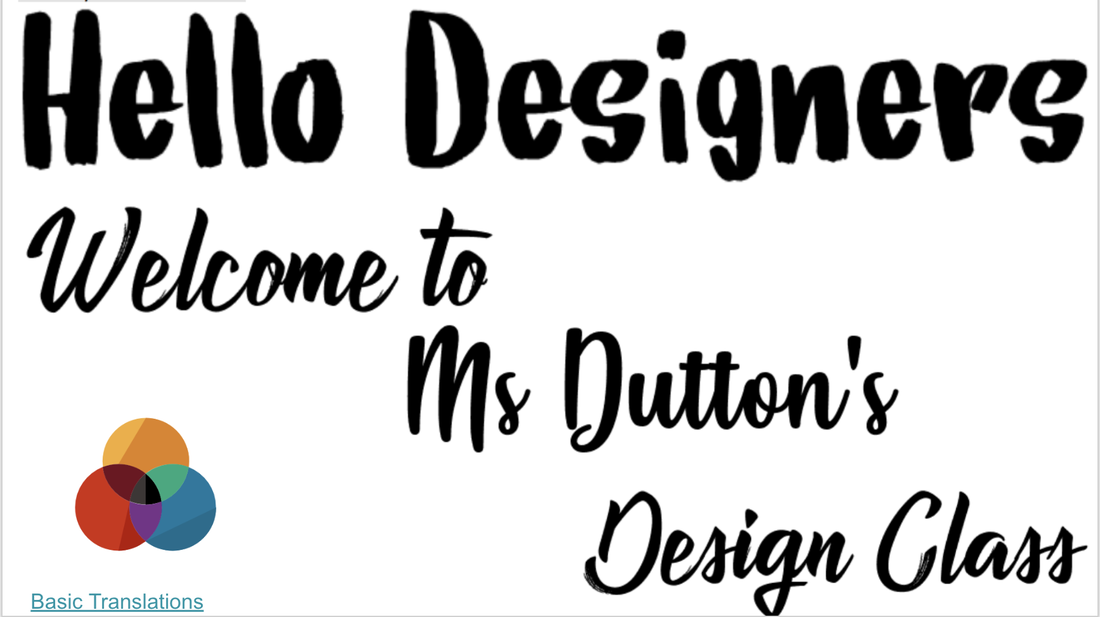
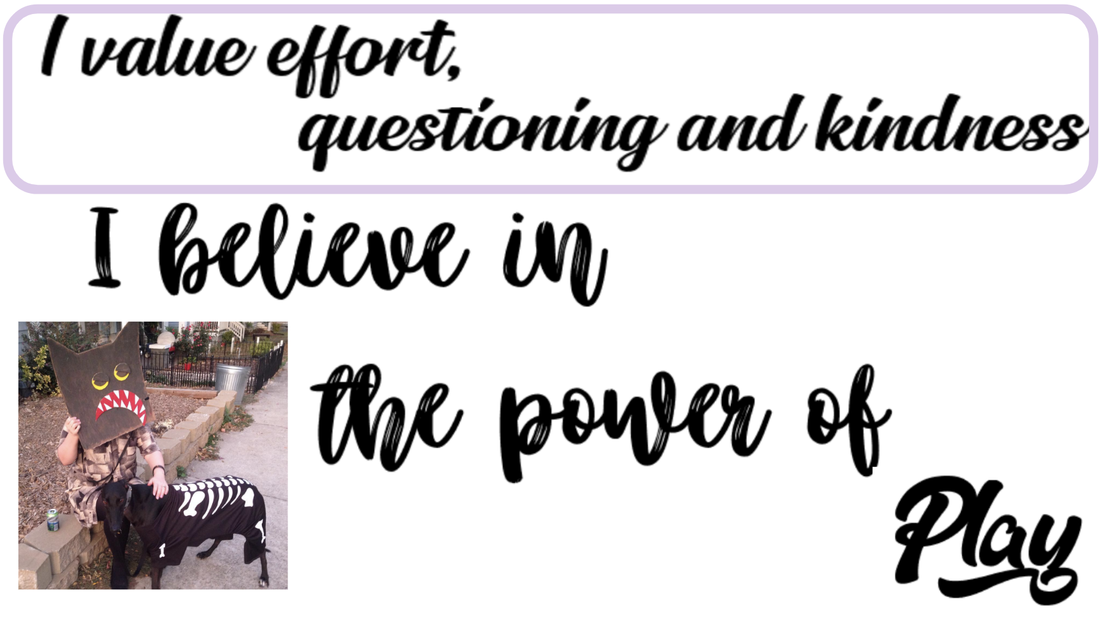
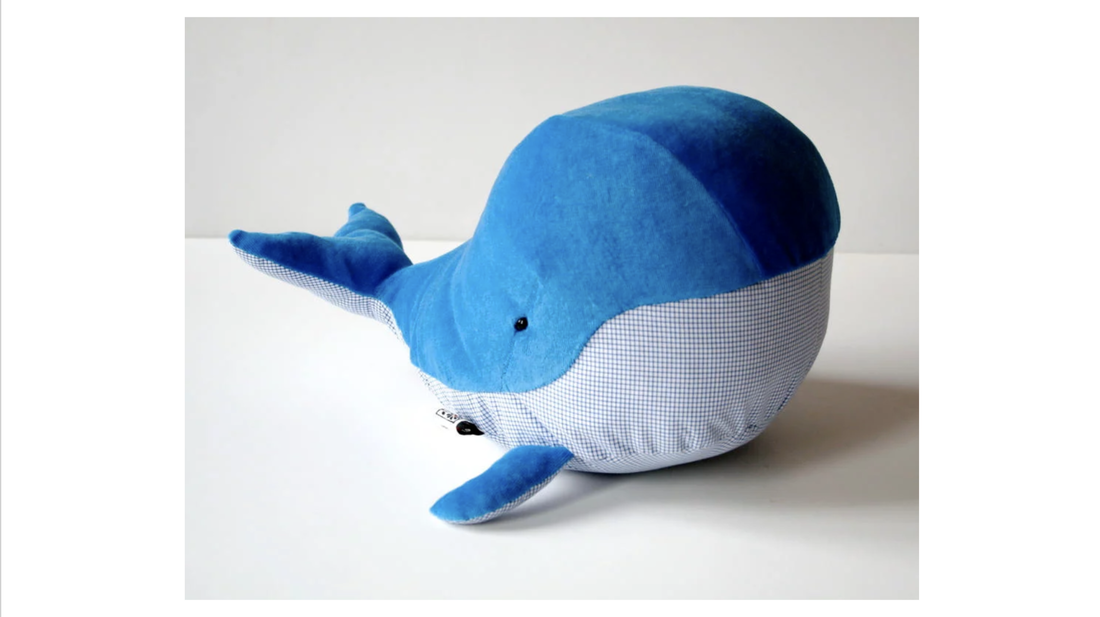
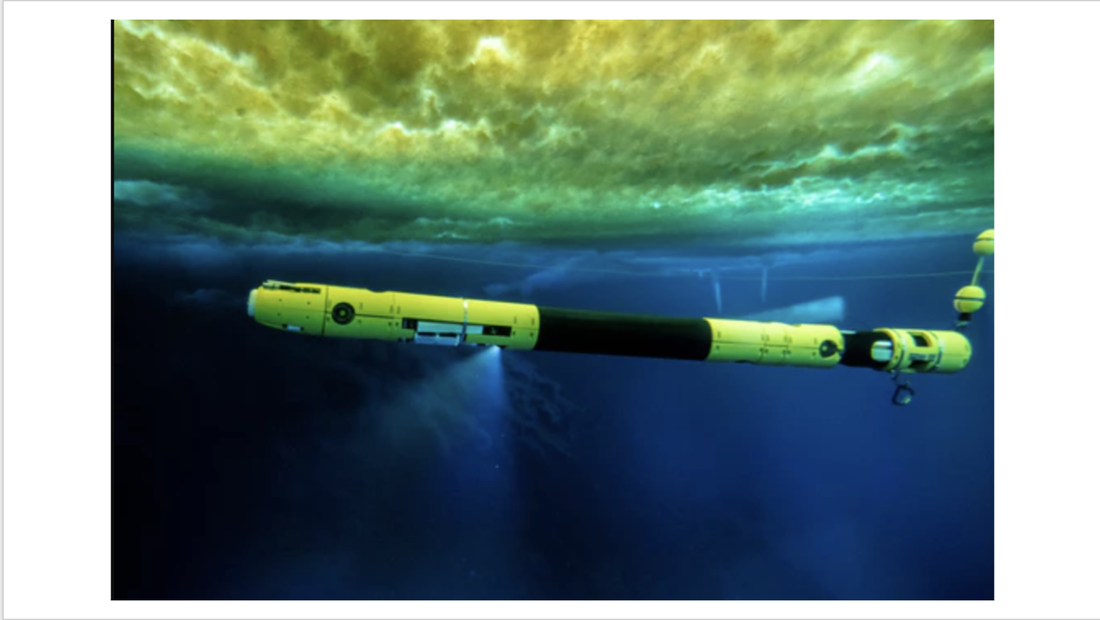
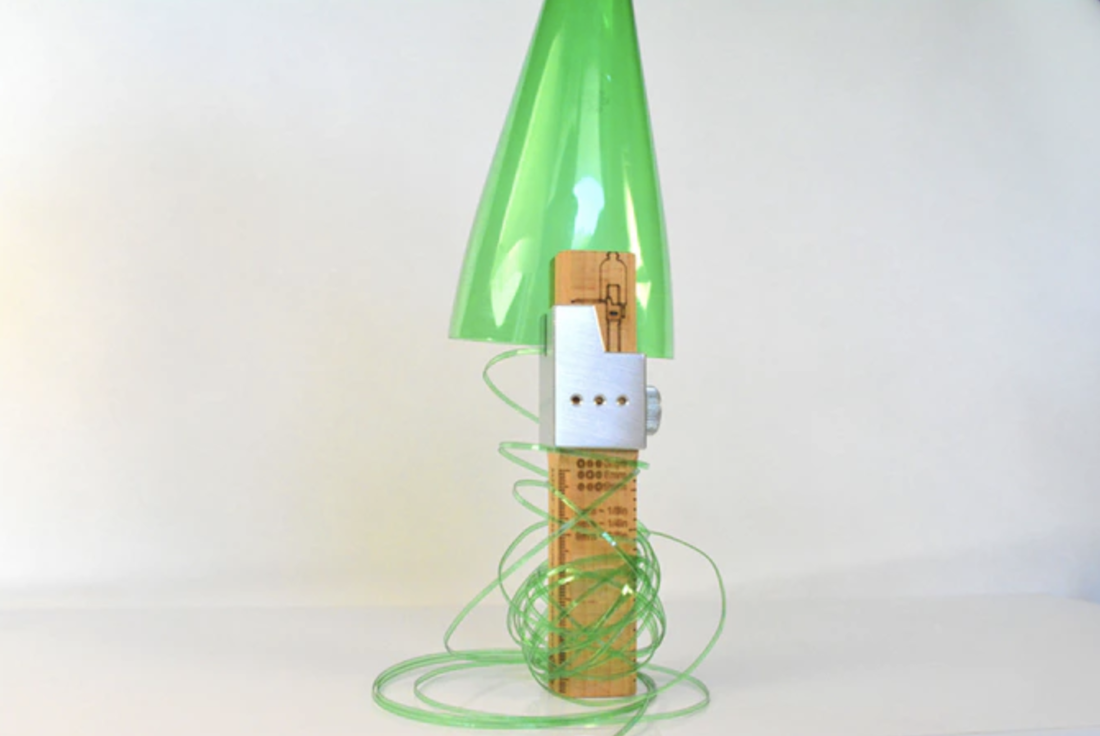
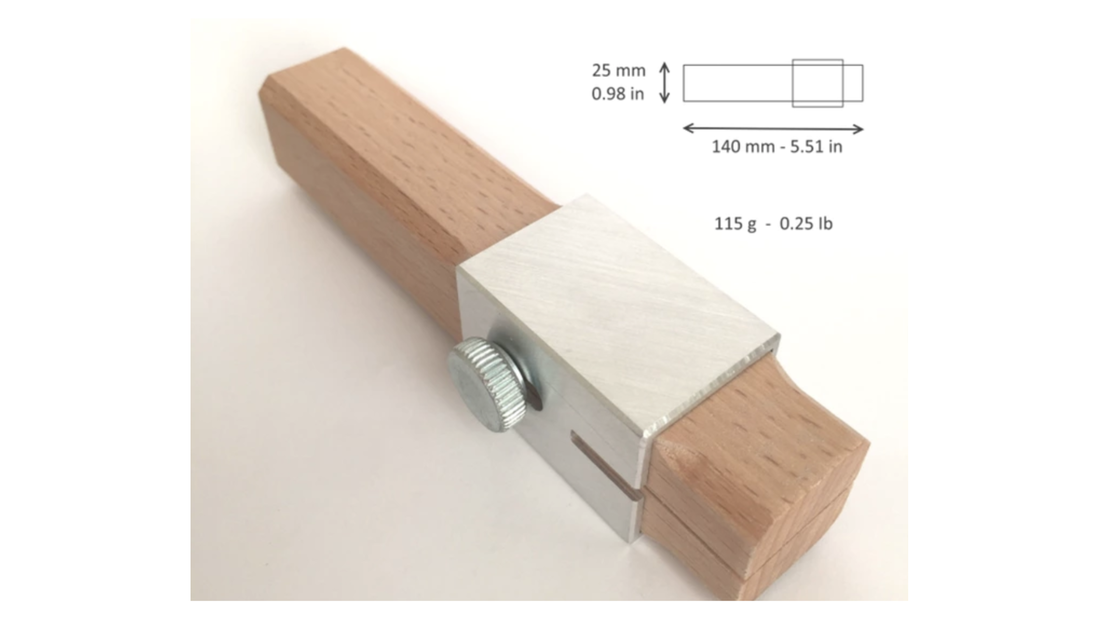
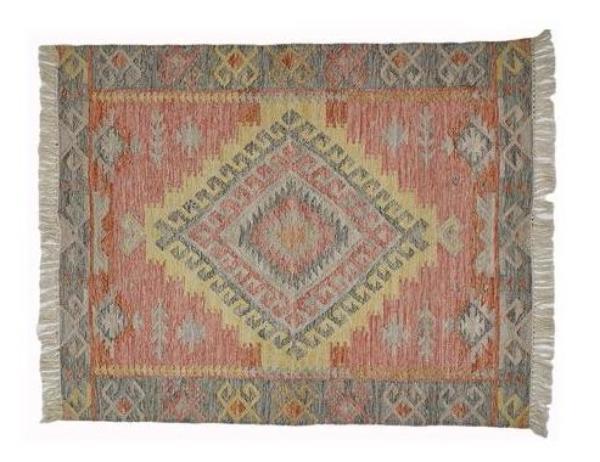
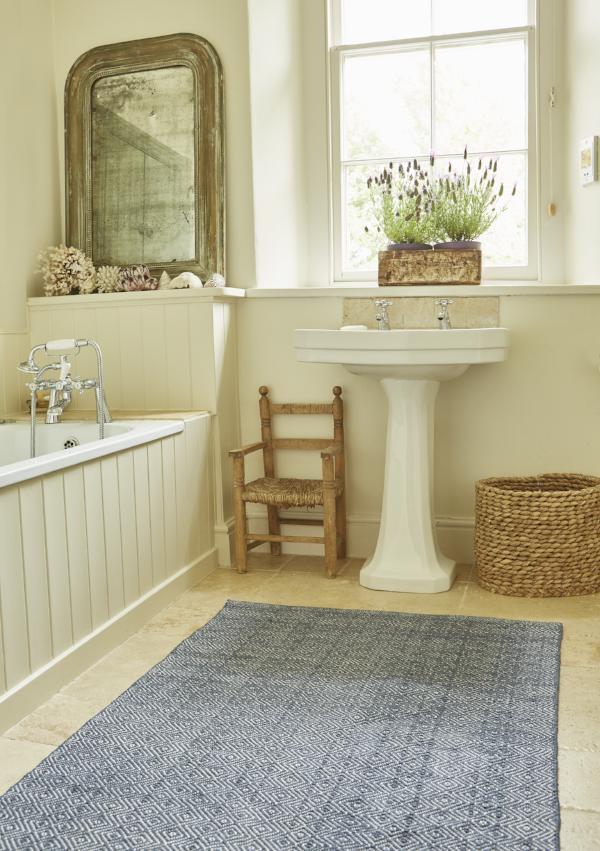
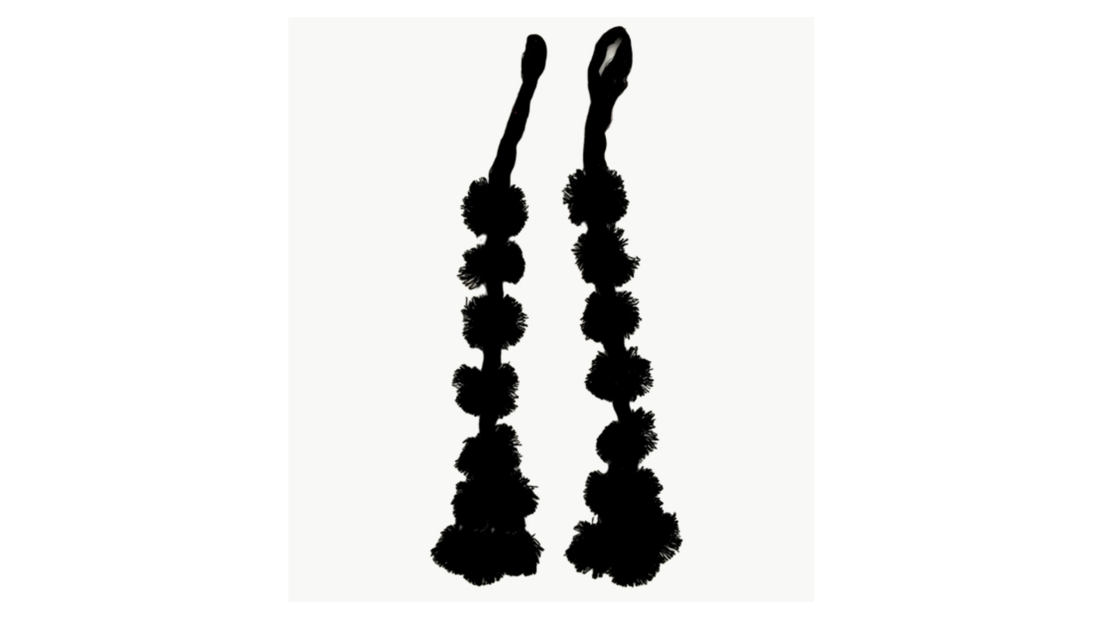
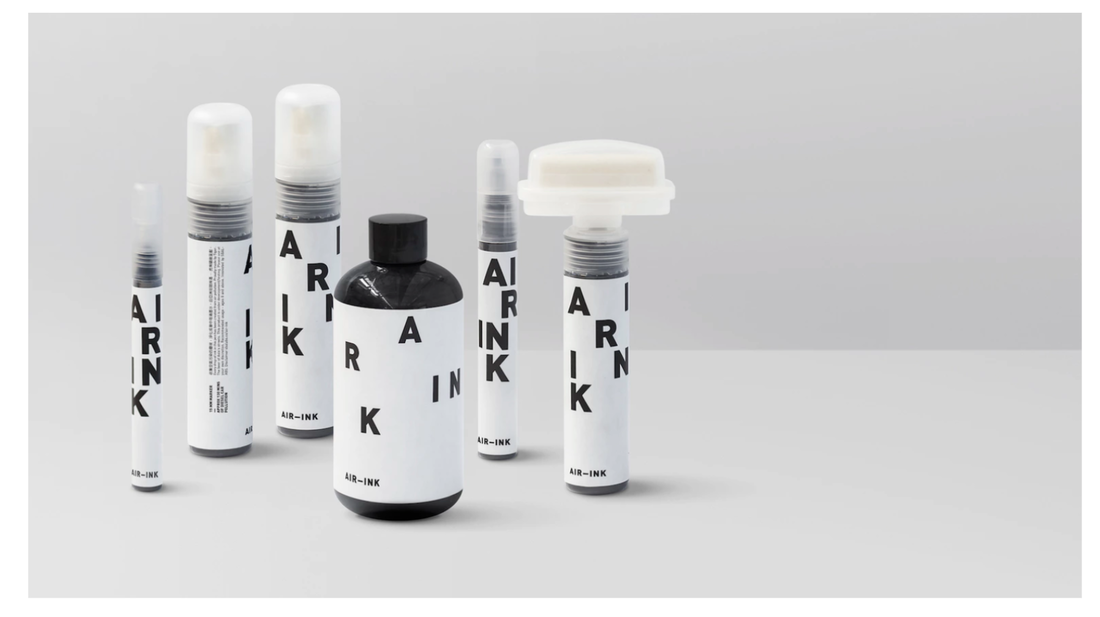

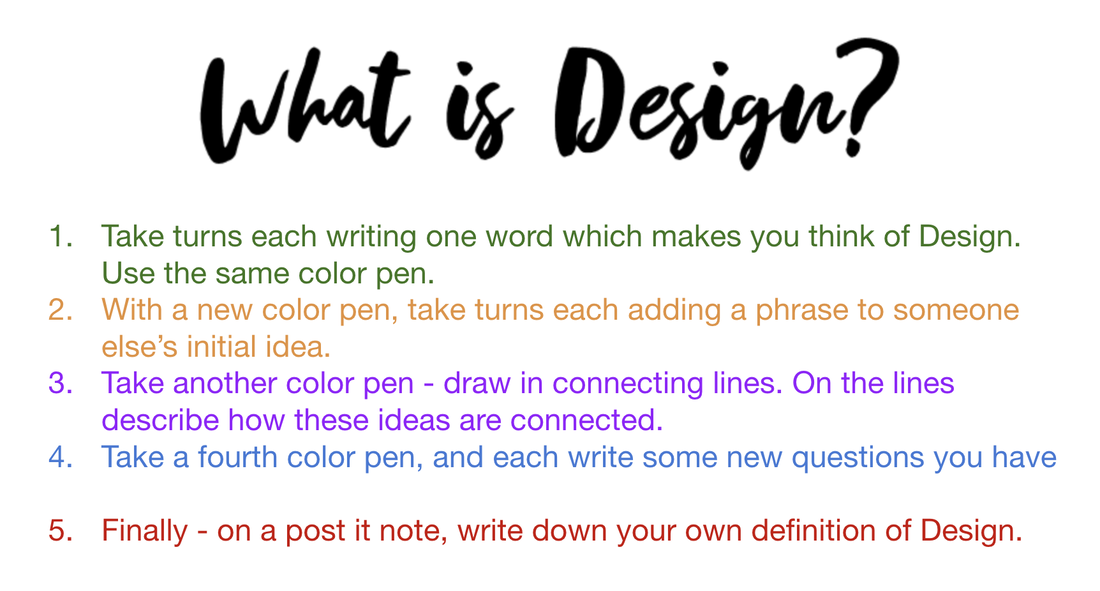
 RSS Feed
RSS Feed